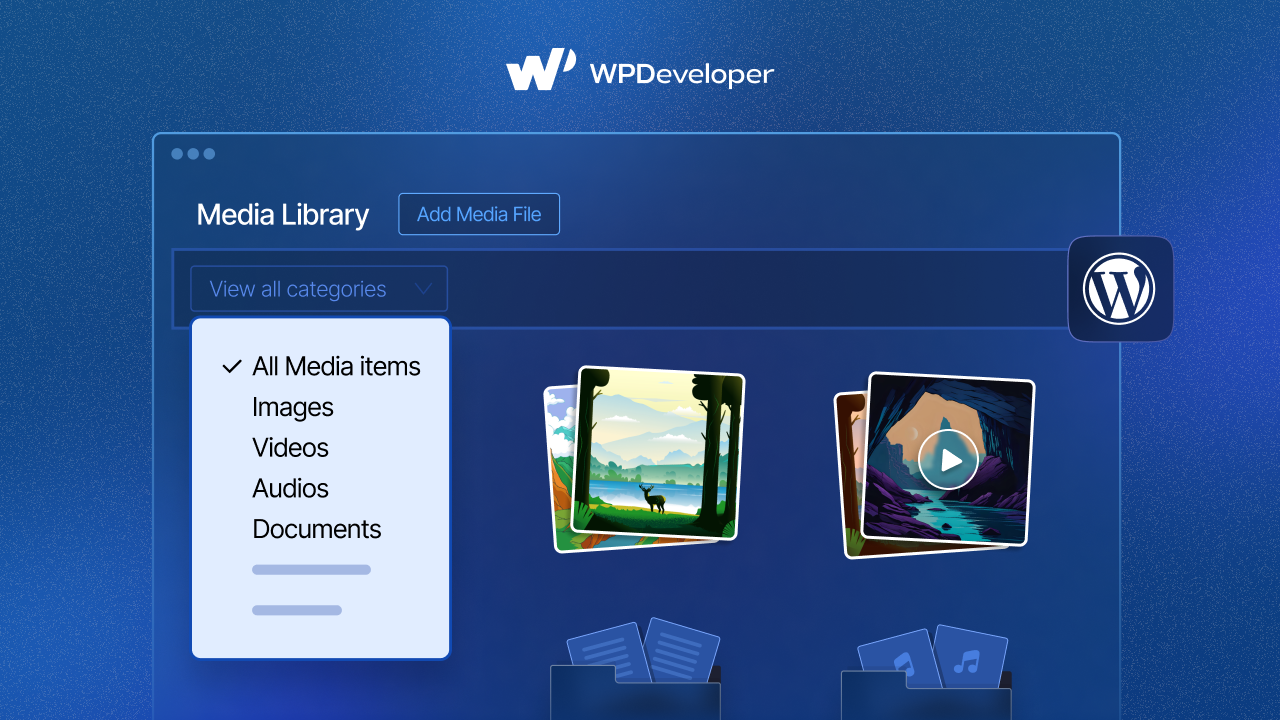Have you ever been in a situation where you couldn’t run automatic updates of your Plugin? It’s actually not very uncommon among WordPress users. The auto-updates can be derailed through various reasons which are why you need to find an alternative approach. In this article, we are going to give you a brief on how you can manually update WordPress Plugins without any hassle.

Why You Might Have to Manually Update Your Plugin?
Normally, you should receive an automatic update from your WordPress Dashboard about your plugins. If a certain plugin is out of date and has a new release, you will receive a notification prompting you to install to the latest version. By simply clicking on the ‘Update’ button, you can get access to the newest version of your WordPress Plugin. This is a very simple process to follow-up for everyone.
However, this method might not work all the time due to some complications. Well, for instance, because of connection errors, you might encounter ‘Plugin Update Failed’ error when trying to upgrading the plugin to the latest version. For such cases, you will be required to manually update your Plugin to get everything back to normal.
How to Manually Update WordPress Plugins
Even though it might sound a bit tricky, you can actually easily do manual upgrades of the plugins. In this article, we are going to be guiding you through two processes which you can follow to manually update WordPress plugin to the latest versions. So, let’s get started by following this below tutorial:
Method 1: Manually Update WordPress Plugin From FTP Server
FTP Server is one of the popular platforms to exchange files over the internet. It is a highly effective approach to manually update your plugins. The best thing is, you don’t even have to be a tech geek to get started with this method. It is very simple and easy-to-use.
Before you begin, you will need to collect your FTP login details from your Host Provider. You can log in to your FTP server through popular software such as FileZilla, CrossFTP, Cyberduck and many more. For the purpose of this tutorial, we will be continuing the process with FileZilla.
After you have established a connection with your FTP server, you can navigate to your Plugins folder from the ‘Remote site’ tab. It should be something like this: /public_html/wp-content/plugins
[Note: Before coming to the next step, make sure that you have already downloaded the plugin which you want to update. If you are Essential Addons PRO user, then, you can download the latest version of the premium plugin from your WPDeveloper Account.]

Afterward, simply upload the ‘zip’ file into your FTP server and the plugin will then be installed successfully. You will then need to activate the plugin from your WordPress Dashboard. This is how you can easily run the manual update for your WordPress Plugin via FTP. Sounds easy, right?
Method 2: cPanel Approach to Upgrade WordPress Plugin
cPanel is a very popular way to get access to your WordPress directory files and update your plugins. It’s basically the configuration panel provided by your Host. For more details, you can contact your hosting provider. First of all, you need to login to your cPanel and get things started.

After you have logged in to your cPanel, you need to find the ‘File Manager’ section. You will get access to all your WordPress directory files inside the ‘public_html’ folder. Afterward, you can simply go ahead and upload your plugin through this following file location: /public_html/wp-content/plugins. This is how you are able to do manually update WordPress plugin with ease through cPanel.

Method 3: Update Plugin via WP-CLI command
Even though it might be a bit complicated for normal users, you can also use WP-CLI command to update WordPress plugins as well. Before getting started, you need to create a connection with your server via SSH. Afterward, you need to just run a simple command in WP-CLI and you will be all set to go:
wp plugin update essential-addons-for-elementor-liteFinal Thoughts
In case, you face any issues with your plugin update, then you should definitely consider taking the manual upload approach. You can take any of the three methods we have mentioned and get things quickly sorted out.
Feel free to leave a comment if you run into any issues.






